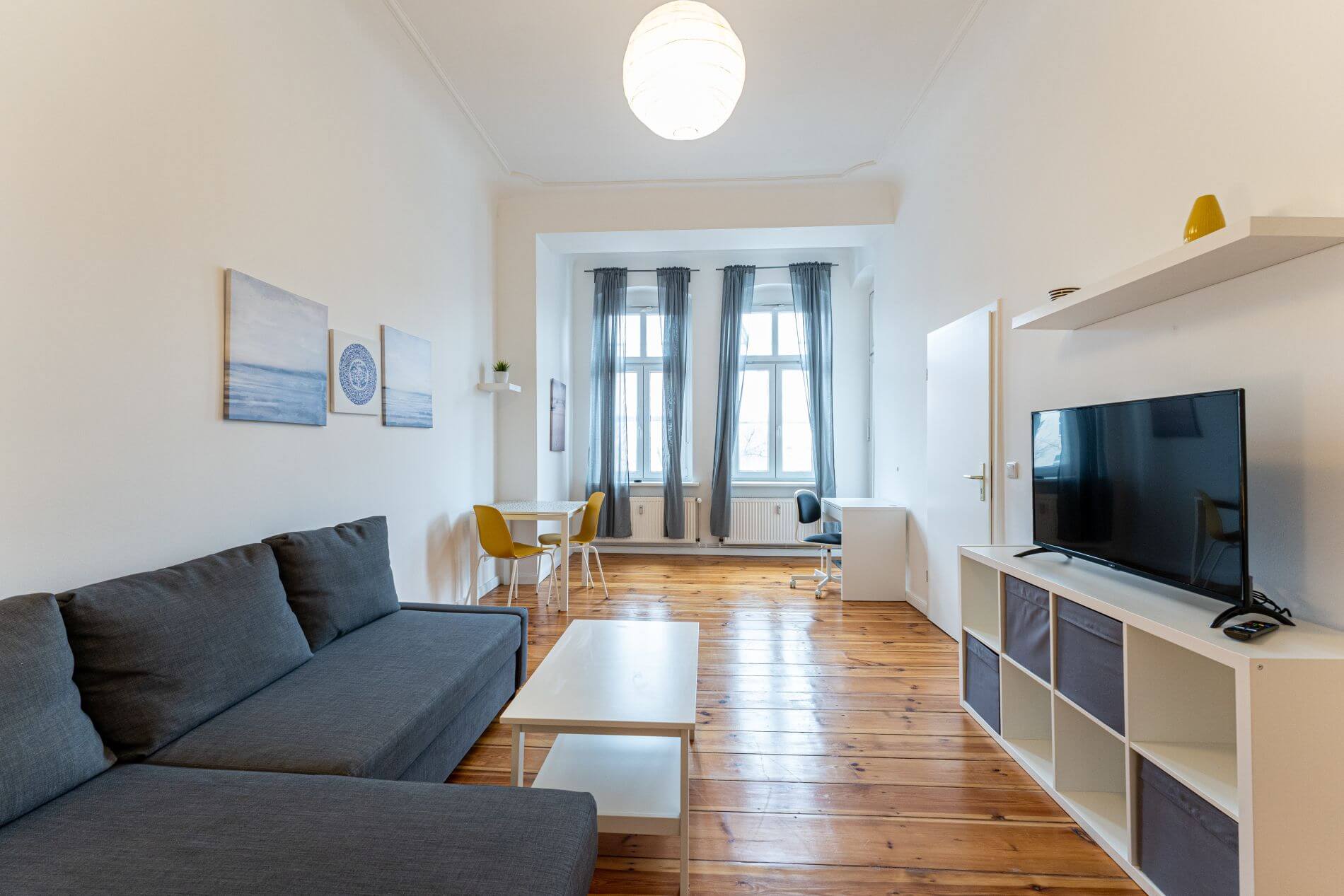
Life in Berlin is always changing—the city has weathered storms, emerged victorious, and in recent years has come to symbolise freedom of expression via music, art, and even politics.
The collapse of the Berlin Wall, which divided West and East Germany until 1989, aided the city’s transition into a brighter, more liberal age. The fall of the Wall was seen positively in America and the Western world as a victory for democracy, individual liberty, and the free market system.
Although Berlin is generally a safe city to live in, various neighbourhoods will better suit your needs than others. We’ll talk about what it’s like to live in Berlin and how to find an apartment in the German city. There are also hints and guidance on how to live in Berlin, such as how to obtain a tax ID. You can typically rely on public transit, so consider purchasing a monthly train ticket before you arrive—you can get a Deutsche Bahn card (BahnCard) that gives you 25% off super saving, saver, and flexible rates. We also make recommendations on where to reside based on various personal needs and other factors.
●What is Life Like in Berlin?
Around one million of Berlin’s 3.5 million residents are of immigrant origin, meaning they or their ancestors came to Berlin from elsewhere. With roughly 98,000 Turks and 80,000 persons with a Turkish “migration background” (they or their parents came to Germany after 1955), Berlin has the biggest Turkish community outside of Turkey.
● Food Options in Berlin
You may imagine a plethora of rich and exotic culinary alternatives, and although they do exist, one of the most evident and popular forms of food is the basic kebab. Given the city’s significant Turkish influence (Doner kebabs originate in the Ottoman Empire, now Turkey), and lots of fast food and sit-down restaurants providing them at reasonable costs, the kebab is probably the food-of-choice after a night out. Currywurst, a sausage with curry sauce, is another popular and inexpensive snack in the city.
● Cultural Life in Berlin
Berlin has a strong night party culture, with people dancing to electronic music every night of the week from sunset until dawn. You can hear techno music nearly everywhere in Berlin, including open-air parties in the city’s parks, the U-Bahn, and cafés. But, there is more to life than techno. Visit the Berliner Philharmoniker to listen to the sounds of the Berlin Philharmonic.
There is so much to see in Berlin if you are a “cultural vulture,” including about 440 art galleries. You may visit the Holocaust Monument for a sombre experience, which consists of 2,711 upright pieces of concrete, each symbolising a person. Another culturally significant location is the East Side Gallery, the biggest remaining piece of the Berlin Wall, which is covered with artworks such as Dmitri Vrubel’s depiction of former Soviet President Leonid Brezhnev and former East German leader Erich Hönecker kissing.
● Living Expense in Berlin
Living in Berlin, like other major European cities such as Rome, Paris,
London, and Amsterdam, has become less affordable since the year 2000. House prices in Berlin are rising faster than wages, making it increasingly difficult to save for a down payment. Hence, it is always better to rent an apartment in Berlin. You can use trusted sites such as Urban Ground for faster and easier renting procedures.
● Quality of Living and Lifestyle in Berlin
Berlin is an oddball in Germany, with a more relaxed schedule and a distinct culture. It has had a turbulent recent history, and significant developments in the previous 30 years have moulded it into the lively country of possibility that it appears to be today.
Berlin is a city where it is quite easy to get out and work out or simply enjoy the outdoors. The city was previously characterised as “no city of gardens but a garden itself” by French diplomat and writer Jean Giraudoux. Green areas or water cover 46% of Berlin. You may even go for a long run or bike ride across Berlin Tempelhof Airport’s runway, which is larger than Central Park in New York. Websites like Komoot can help you find the greatest bike routes in Berlin.
● Transportation in Berlin
With its extensive public transit system and road network, getting about Berlin is simple. If you are driving a car, you must be aware of the low emission zone in the city centre. Drivers must display a green emblem on their car to demonstrate that it fulfils the low emission criteria necessary to travel there.
● Attractions in Berlin
Berlin has around 160 museums, as well as Museum Island, which is dedicated to promoting architecture and artwork.
Some of the city’s most popular attractions provide a unique glimpse into Berlin’s personality. It’s both strange and amazing at times.
Tempelhofer Feld, an abandoned airfield and runway that is now a public open area utilised by runners, bikers, and even camper van occupants, is worth a visit.

